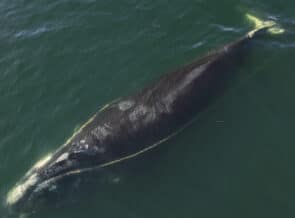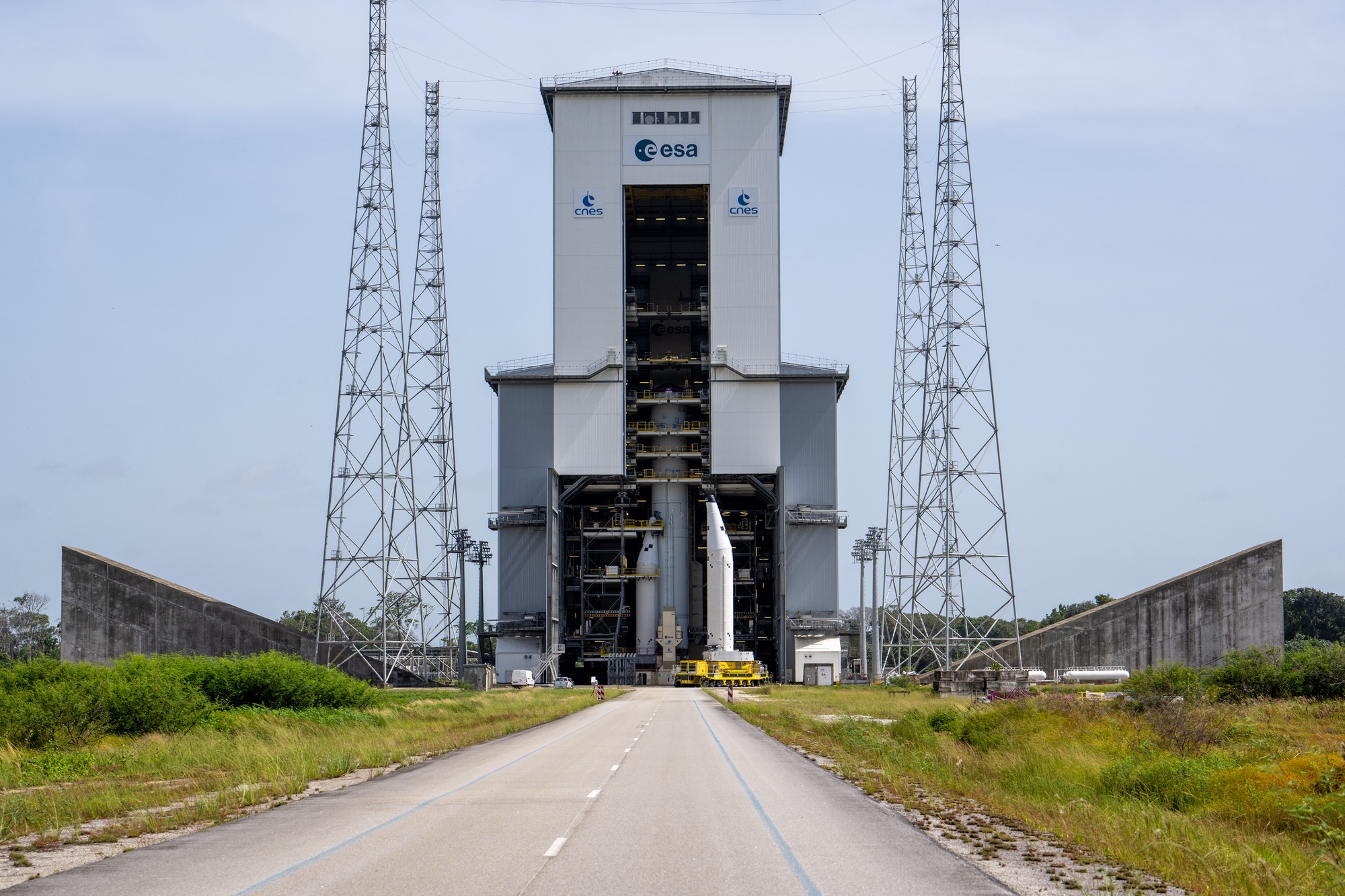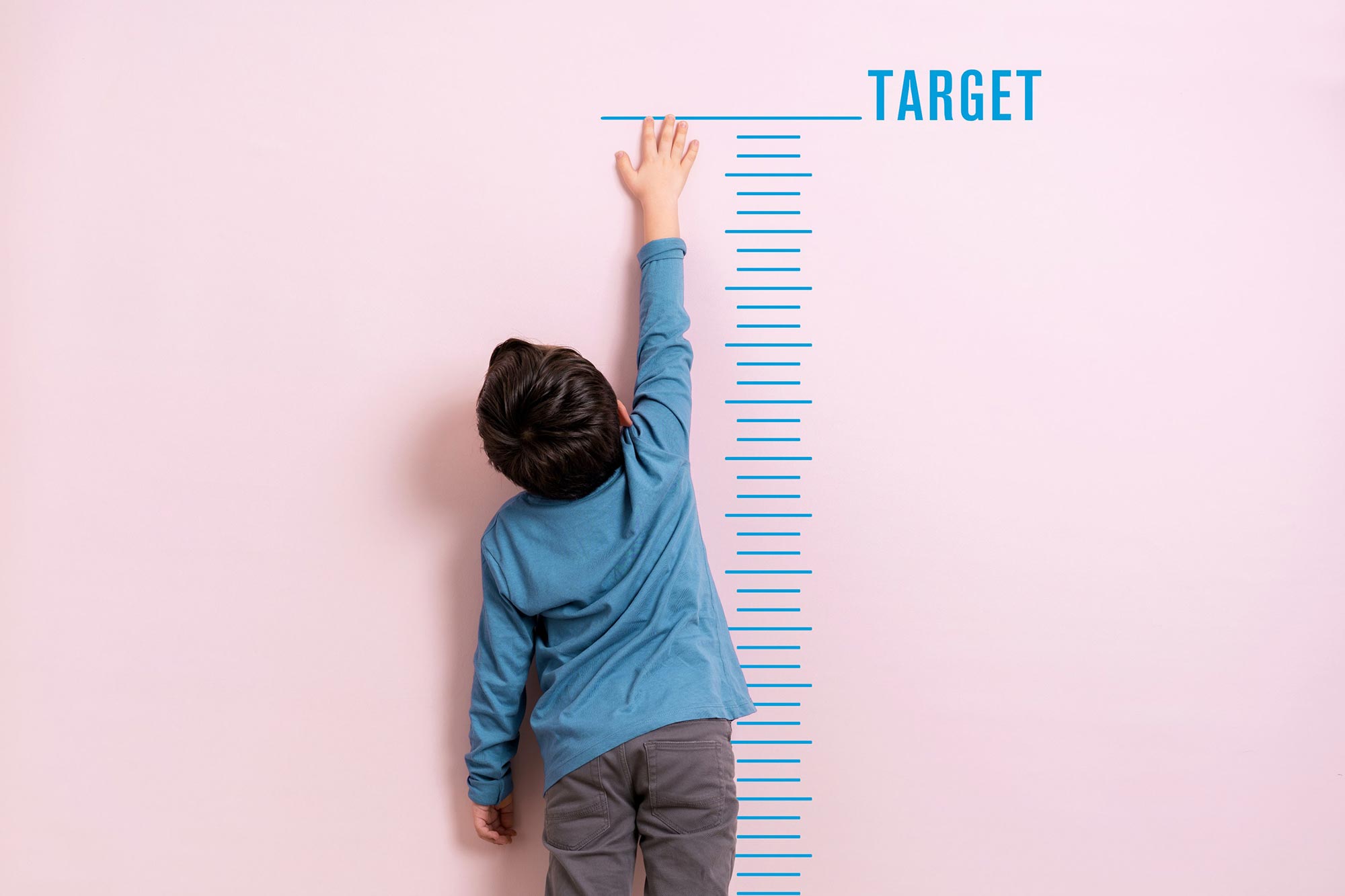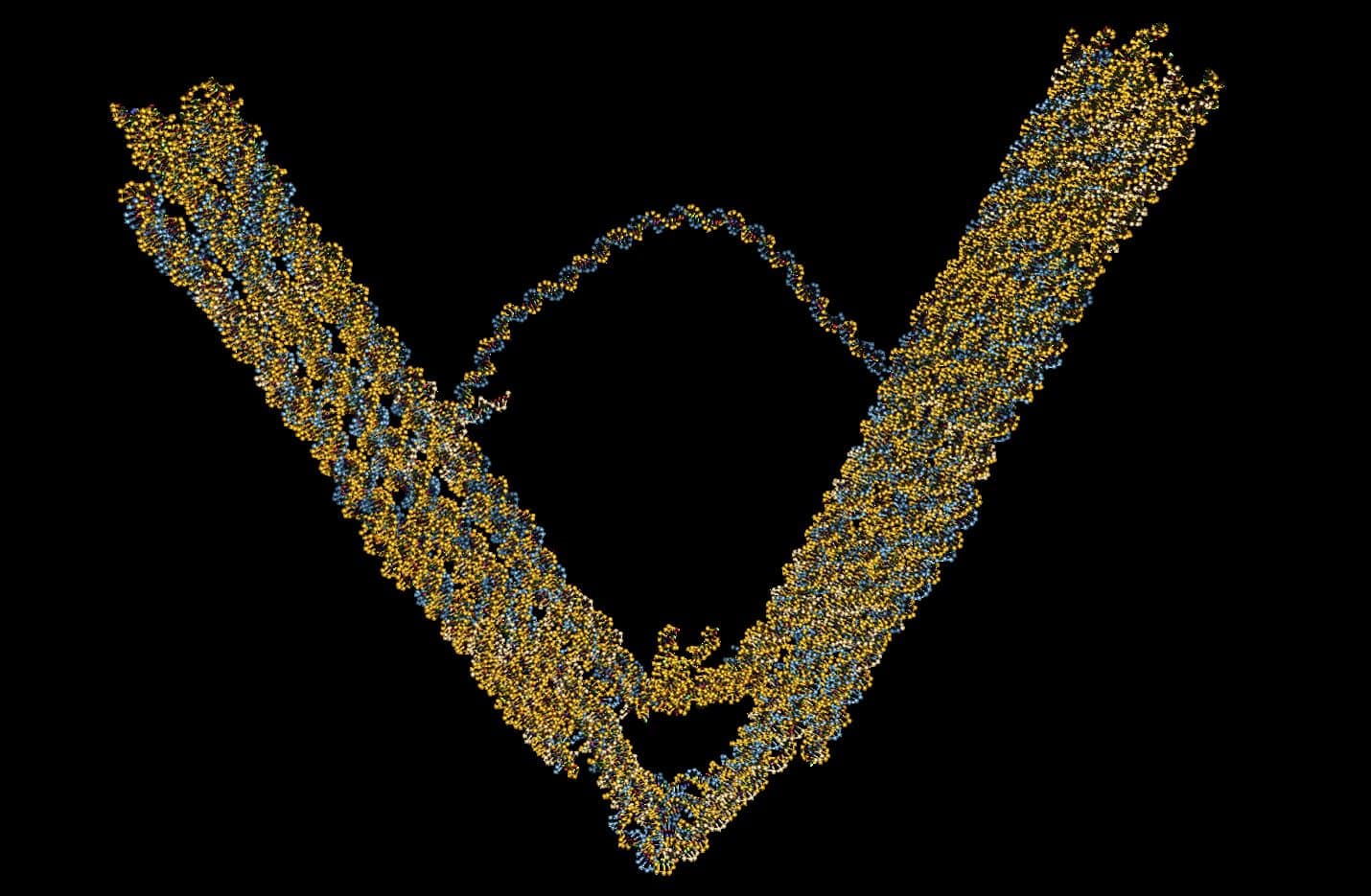Way back in 2008, billionaire investor Prince Alwaleed Bin Talal of Saudi Arabia announced his intention to build the world’s tallest building, the first skyscraper to reach 3,281 feet (1,000 meters) or more. The record-breaking tower was to be the crown jewel of a sprawling urban oasis called Jeddah Economic City with aspirations to become the Dubai of Saudi Arabia. For comparison, One World Trade Center, the tallest building in the U.S., is 1,776 feet or 541 meters tall, roughly half its planned height.
Nearly 15 years later, the ambitious project to construct the world’s first kilometer-high building, known as the Jeddah Tower, remains in limbo. Stalled by Saudi political intrigue and COVID shutdowns, only a third of the tower has been built, and there are currently no plans to restart construction.
The website of the Jeddah Economic Company, created by Prince Alwaleed and the Saudi Binladin Group to develop the project, still launches with a splashy rendering of the sky-piercing Jeddah Tower and the words “It’s Happening.”
But is it?
Taller Than Burj Khalifa
The current title-holder for tallest building in the world is the Burj Khalifa in Dubai, measuring 2,717 feet (828 meters) tall. The record-breaking building, designed by American architect Adrian Smith, achieved exactly what the creators of Dubai wanted it to do, says Antony Wood, president of the Council on Tall Buildings and Urban Habitat, a global nonprofit that awards the “tallest building” designation.
“Dubai literally built itself out of the desert,” says Wood. “The developer, Emaar, envisioned this huge development of many towers and a big mall with the Burj Khalifa, the world’s tallest building, at the center — the jewel in the crown. What they’ve achieved is incredible.”
When Saudi Prince Alwaleed first set his sights on building the world’s first kilometer-high tower, the Burj Khalifa was still under construction. But the intention from the start was to replicate the Dubai model in Saudi Arabia, says Wood. Jeddah Economic City would be a glimmering, futuristic metropolis on the Red Sea featuring the world’s new tallest building, the Jeddah Tower.
Jeddah is located between the two holy cities of Mecca and Medina. “Before (the tower) was here, this was not considered a place that people would live,” Hisham Jomah, chief development officer of Jeddah Economic Company, told CNN in 2018. “We are creating an independent city … so that you don’t have to leave here.”
Adrian Smith, the architect of the Burj Khalifa, also designed the Jeddah Tower, and the two structures share some design elements. They are both considered “megatall” structures, the designation for any building surpassing 600 meters (1,968.5 feet).
The biggest similarity between the Burj Khalifa and the Jeddah Tower is that they both have a “Y”-shaped plan with three exterior walls instead of four. Through extensive wind-tunnel testing, Smith and his engineers figured out that the three-walled design was more aerodynamic and better able to withstand wind shear at dizzyingly high altitudes.
While the Burj Khalifa tapers in stages as different sections of the tower top out, the design for the Jeddah Tower is one continuously tapering tower that pierces the clouds like a giant needle.
The most buzzed-about feature of the Jeddah Tower is its open-air observation deck, the highest in the world at 2,187 feet (664 meters). The observation deck was originally designed as a helipad until the architects were informed that it would be too dangerous to land a helicopter at such heights with unpredictable desert winds.
If built to its original specs, the Jeddah Tower will require 80,000 tons (72,575 metric tons) of steel and be serviced by 59 elevators (including five double-decker cars) and 12 escalators. The bottom third will be reserved for office space, followed by a luxury hotel, with the highest of the 167 floors intended as apartments. A massive penthouse apartment will occupy the crown.
Jeddah Tower’s Bumpy Start
Construction of the Jeddah Tower began on April 1, 2013, and it took more than a year just to lay the massive foundation for the structure, which included concrete pilings measuring 10 feet (3 meters) in diameter and longer than a football field. Above-ground construction started in September 2014.
The base of the record-setting tower rose slowly and steadily until 2017, when Saudi Arabia was rocked by a political crisis. In an aggressive move to consolidate power, Crown Prince Mohammed bin Salman (also known as MBS) launched a sweeping anti-corruption “purge” that resulted in the arrests of 11 Saudi princes, including Alwaleed bin Talal, the key financial backer of the Jeddah Tower, and some of his partners in the Saudi Binladin Group.
The men were eventually released after paying hundreds of millions of dollars in fines, and in 2018 construction resumed on the Jeddah Tower with a planned completion date of 2020.
“As of 2020, we’ll start seeing things: you’ll see the tower, you’ll see the shopping mall, you’ll see many other projects,” said Mounib Hammoud, CEO of Jeddah Economic Company, according to CNN.
But labor issues with a contractor dashed those plans in late 2018, and the COVID pandemic put an end to all hopes of resuming construction in 2020.
As of this writing, the base of the Jeddah Tower stands at roughly 984 feet (300 meters), less than a third of its projected height. According to a 2021 update, the most recent available, 90 percent of the roadwork and landscaping of Jeddah Economic City has been completed, but there was no word on the status of the centerpiece megatower.
The Future of the Jeddah Tower
Wood toured the Jeddah Tower construction site in early 2018 and called the scale and ambition of the Jeddah Economic City project “absolutely massive.” The unfinished base of the Jeddah Tower already qualifies as a “supertall” structure, and the view from the top was awe-inspiring, he says.
“You’re 300 meters in the air looking down at a city that’s not yet built around you,” says Wood. “It’s almost like archeological ruins around you, but it’s the opposite of that — it’s brand-new infrastructure being put in against this desert backdrop.”
Wood also dismisses the idea that the unfinished base of the tower amounted to “a little stump in the ground.”
“It’s already a third of its height,” says Wood. “And I genuinely do believe that at some point the project will be finished, because it’s an embarrassment not to finish it. What I don’t know is if it will adhere to its original design or if it will ultimately be the tallest building in the world.”
Emaar, the developer of the Burj Khalifa, announced plans in 2016 to build an observation tower (not technically a “building”) in Dubai that would be slightly taller than the Burj Khalifa, but construction for that project was also delayed by the pandemic.
For his part, Wood is optimistic that some form of the Jeddah Tower will one day rise, but he acknowledges that the construction process so far has been anything but typical.
“This is not a project running behind schedule; this is a project that totally stopped four years ago,” says Wood. “There’s no question it’s atypical. It’s not a construction delay, it’s stopped. We keep hearing that it’s going to start up again, but it hasn’t as of yet.”
Note: This article have been indexed to our site. We do not claim legitimacy, ownership or copyright of any of the content above. To see the article at original source Click Here












